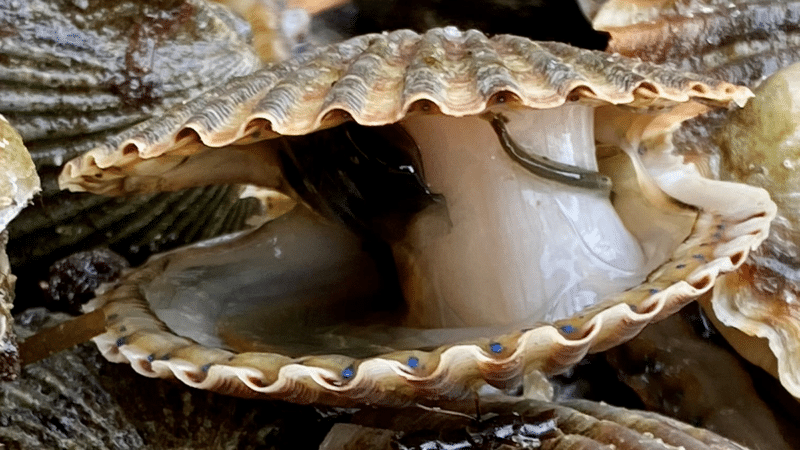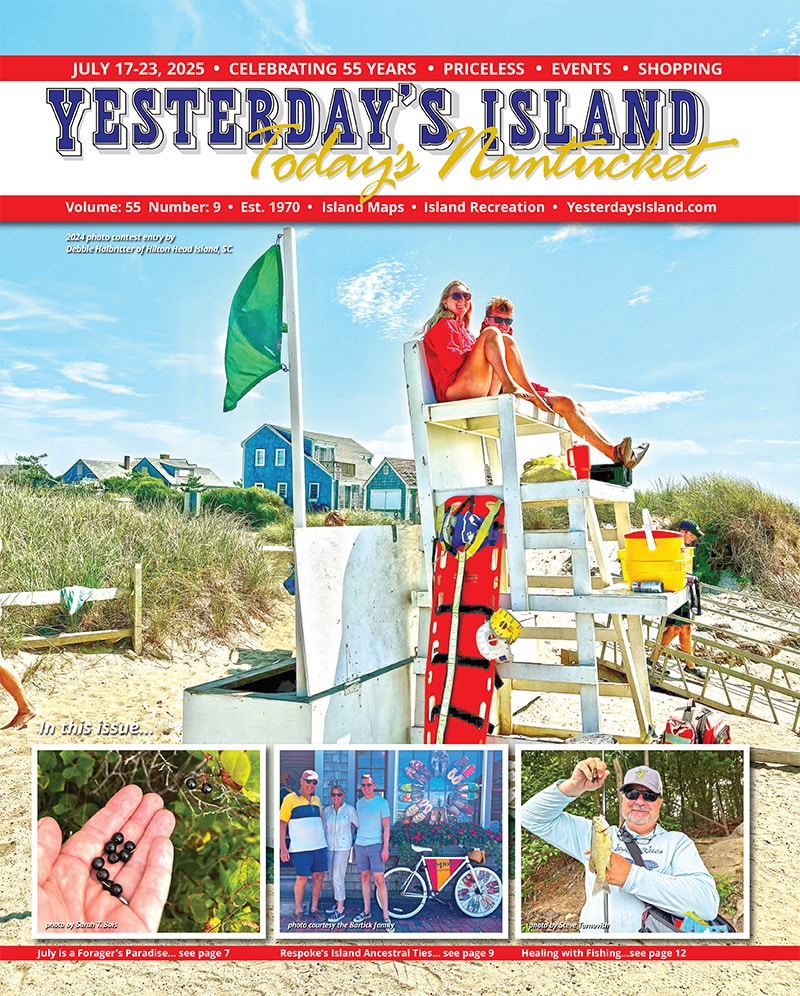by Robert P. Barsanti
Summer often ends in a storm. One of the great whirling tempests of the Caribbean forms somewhere off the Azores and begins the slow dance across the warm Atlantic and around the Bermuda high. Those Who Know watch the glass and the Weather Channel to see how close and how far away the storm will pass. Then, when prudence and procrastination crash together at the boat ramp, summer gets towed away, shrink wrapped, and plopped onto a rack.
Nantucket remains a small target tucked away in one of the upper corners of the Atlantic. The insurance adjusters will point out that God’s Favorite Sand Dune has been hit by a hurricane 49 times since 1930, but some of those storms bounced off of North Carolina and faded over the colder waters or got caught up in the jet stream then raced overhead on the way to Canada. More often, the storms spin the fish, and rush by a hundred miles offshore, treating the island to waves, wind, and water.
The Old Salts correctly point out that a good old fashioned nor’easter destroys more than any hurricane. Those storms will sit nearby for up to a week in unnamed gray destruction, mauling the beaches, pulling down the beach houses, and pounding the bluffs. However, in the “r” months of nor’easters, the island doesn’t have many lawyers trying to get to a closing on Monday morning, summer renters staring at their checks disappearing in the wind, or millions of dollars tossing at a mooring. So when Africa sends one of their best in August or September, summer gets hauled out and placed in storage.
We live in interesting times. The fishermen catch bonefish and sharks in the now warm water. Manatees have begun snacking in Rhode Island. We no longer live by the side of our fathers’ and grandfathers’ Atlantic. Summer has gone hybrid and plans to stay.
Nantucket remains the glass jaw the continent juts out into the Atlantic. In our children’s climate, as storms grow and ocean levels rise, the hubris of our “historic real estate opportunity” only grows. The flood maps are very clear about where the water will go: they offer the swirling tempests of Africa a paint-bynumbers plan to build their new summer house. The scientists promise us that the sharks and the manatees will soon be eating at the Club Car. If you don’t believe the scientists, don’t order the Bonito lunch special.
Some of us root for hurricanes. We root for a massive storm to blow the “generational estates” down and wash the island back to 1965, before Walter Beineke welcomed us into this resort renaissance, where every home is a lottery ticket. The winds will come, the water will rise, and all of the wine cellars, hot tubs, and lap pools will flood with the North Atlantic’s finest. When the storms miss and Baxter Road remains, perched over destruction, we drive home saddened. The millionaires won again. Maybe next time.
Others have more mundane dreams. They put on their boots and waders, bundle up, and collect on the harbor shores to save the scallop seed. In the wind and wave of the storm, the tiny scallops get picked up and washed onto the beach. With an eye on the clock, volunteers collect the seed in plastic buckets, deliver it to a working boat that dumps the seed scallops in the eel grass beds. Hopefully, returned to their safe havens, they can take a season or two to grow and get delicious, before we get them again.
Much has stood in the way of these little Nantucket natives. They have been overfished for years for obvious reasons: Nantucketers will harvest one of the most delicious shellfish in order to pay the electric bill and buy some hamburger. The houses along the harbor, in their Zillow passion for the green and lush, have fertilized their yards until the chemical washes into the water and blossoms into poisonous algae. Other poisons leak from boats or wash off the streets. The harvest which once lasted well into February now starts to get thin in December. The climate and capitalism have not done well for the scallop.
So, when community puts on their boots to rescue these natives, they are committing an act of hope. The Nantucket Bay Scallop has a smaller chance of surviving the next decade than the Nantucket Native. Wind, wave, and Monsanto threaten the existence of the scallop far more than Wall Street and greed threatens islanders. But to bring them back out to their eel grass nurseries is a nod to the past and a prayer to the future. We remember a past when we could walk off of Abram’s Point in waders with a floating basket and a rake and pull dinner out of the water. We want a future when our children can do the same thing. We know we are hoping against the next ten years of science and climate, just as the the hedge funders on Baxter Road are hoping that the bluff stays firm.
One way or another, the storms will come. They may have names, they may be anonymous, they may ruin a wedding in September or cancel basketball games in December, but they will come. We know, now, that when they come, Easy Street will flood, the boats will cancel, and Jim Cantore will broadcast from the cobblestones. Somewhere in Connecticut, “an investor in a remarkable generational wealth opportunity” will call his caretaker and perhaps his insurance agent and his accountant. The caretaker and his friends may rush to empty the silver cabinet and the wine cellar before the house drops in an ecstatic existential somersault onto the beach.
But somewhere on Nantucket, islanders will emerge with their waders on. When the clouds clear and the cold wind blows down from the northwest, we will commit an act of hope and, once again, pluck the gasping scallops off of the beach and drop them back into the harbor with the promise “We will come for you later.”



